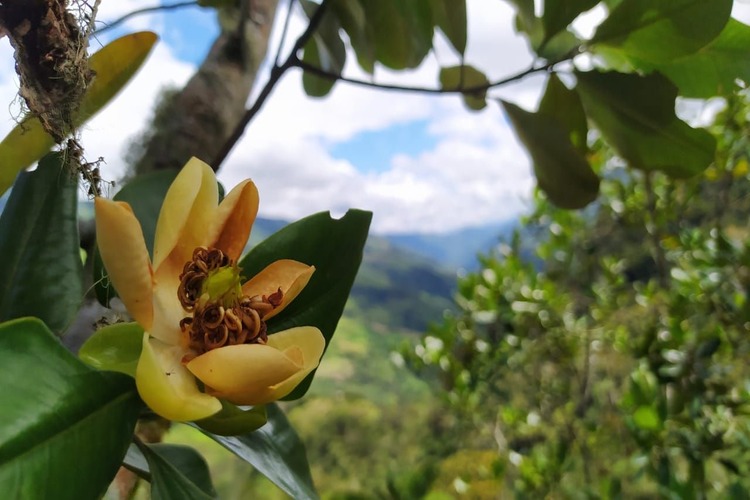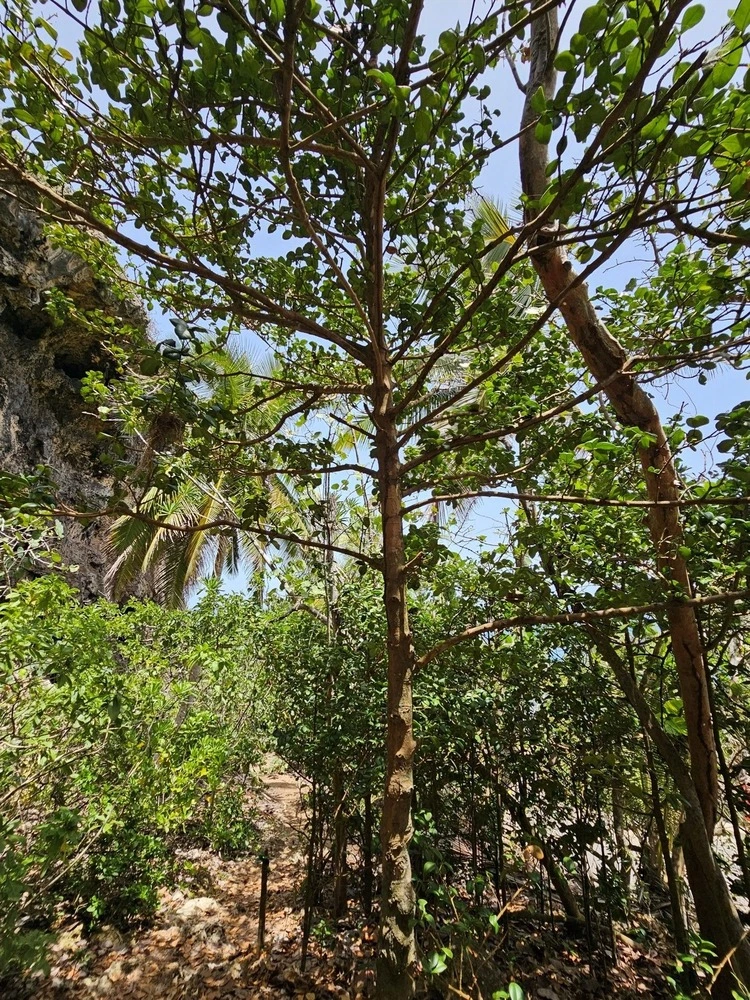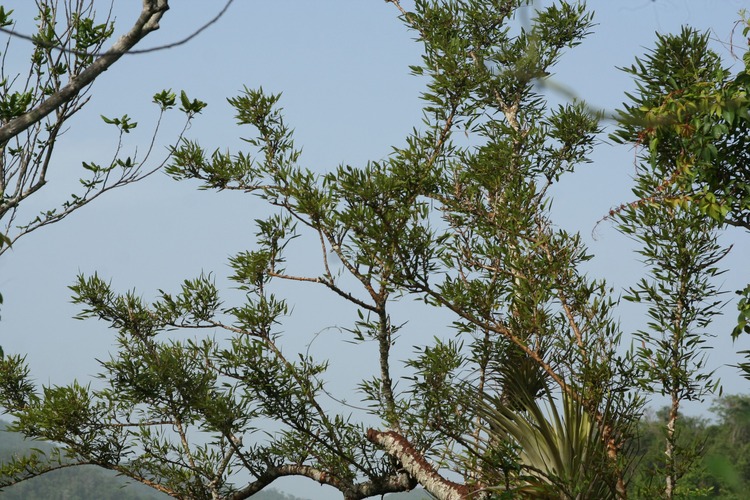
New IUCN Red List report finds 46,000 tree species at risk of extinction – predominantly those found on islands
By
A new IUCN Red List report has revealed more than one in three tree species on Earth are in danger of extinction.
Published today, the report assessed a total of 166,061 tree species, of which 46,337 are now classified as threatened with extinction – bringing the number of threatened tree species to more than double that of all threatened bird, mammal, reptile and amphibian species combined.
Other related news…
Trees in the most danger are those found on islands due to a combination of factors from deforestation for urban development and agriculture to the threat of invasive species and diseases.

The threat of climate change is also exacerbated for island trees in the tropics, with heightened exposure to rising sea levels and more frequent and strong storms.
In South America – the continent with the highest diversity of trees in the world – 3,356 out of 13,668 assessed tree species are at risk of extinction. The biggest threat to these trees is that of forest clearance to be used for crop farming and livestock ranching.
What can be done to help?

Because trees play a vital role in carbon, water and nutrient cycles, as well as soil formation and climate regulation, their decline may detriment the viability of other animals, fungi and plants.
Humans also depend on trees for medicines, foods and timber – in total, more than 7,000 species currently threatened by extinction on the IUCN Red List are used for these purposes.
That’s why it’s crucial to ensure their survival using a variety of methods, from habitat protection, restoration, and ex-situ conservation through seed banks and botanic garden collections. Already, community action in Cuba, Madagascar and Fiji has led to positive outcomes, as well as in Gabon where important areas for trees have been identified.
‘Trees are seen as an easy fix to climate change and trees are planted everywhere; but the way reforestation is done needs to be greatly improved, diversifying species and including threatened ones in tree-planting schemes,’ said Director General of Fondation Franklinia,Jean-Christophe Vié.
‘Governments and their forestry departments, companies and all those planting trees could easily do this and get positive impact quickly, tackling both the climate change and biodiversity crises.’




